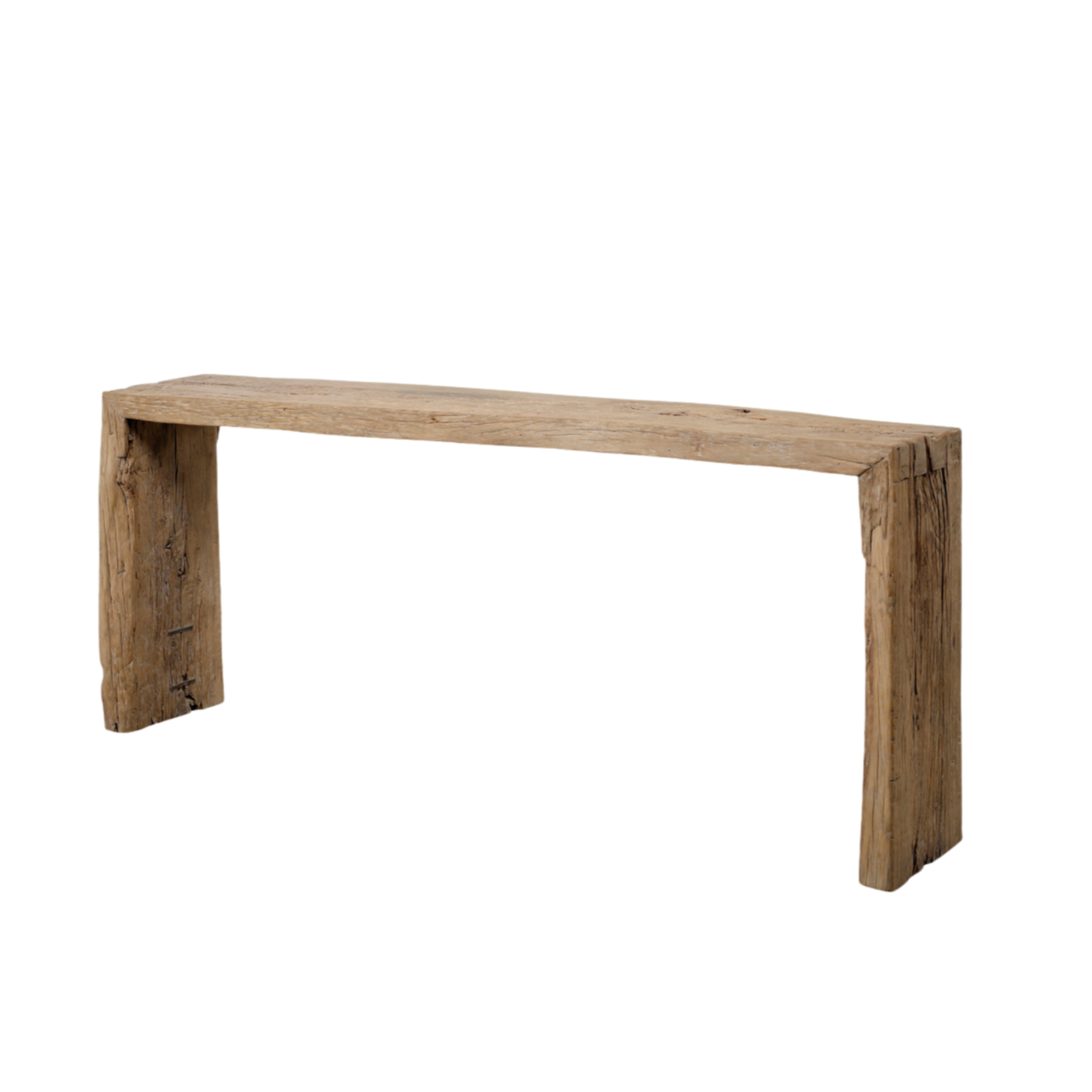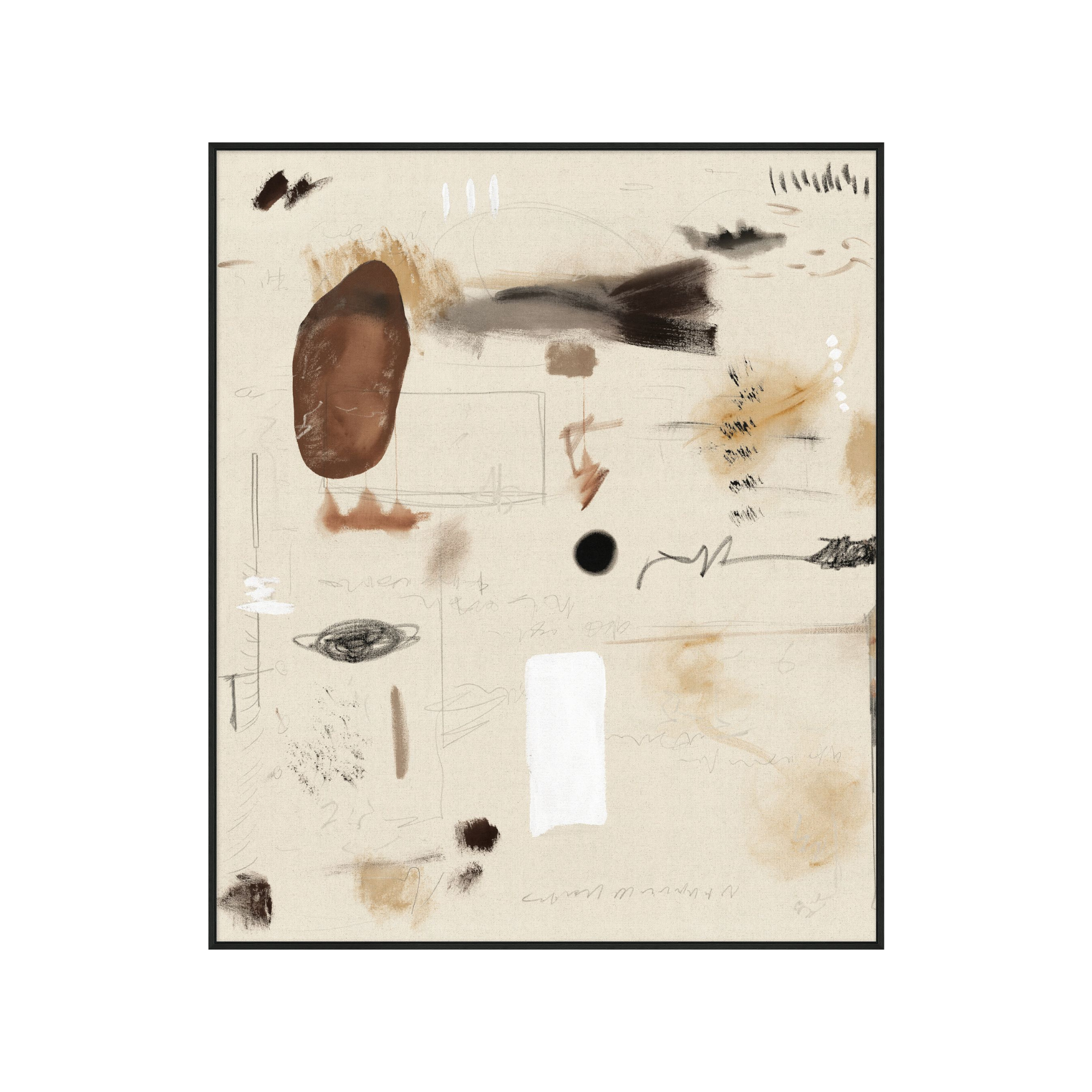EMERGING DESIGN TRENDS
Interior Design Styles

Interior design is always evolving, but some styles balance contemporary trends with an enduring appeal. Today, we’re seeing the rise of several interior design styles that combine current aesthetics with timeless elements.
Whether you're remodeling your home or simply adding new touches, our interior designers at Guided Home Design have identified four emerging styles that embody sophistication while remaining timeless: Organic Modern, Traditional, Japandi and Warm Minimalism.
Organic Modern
Organic Modern is a design style gaining traction for its seamless blend of nature and modernity. It’s defined by clean lines and minimalistic furniture while incorporating natural materials like wood, stone, and linen to bring warmth and texture into the space.
The key to this style is balance. Organic Modern avoids the starkness of traditional modern designs by introducing earthy tones and textures. Think wooden beams, natural light, and neutral palettes, with lush indoor plants, adding a sense of calm and serenity. Large windows, light-filled rooms, and a focus on open spaces are common. Organic Modern creates a connection between the indoors and outdoors, bringing a sense of peace into any home.
While the aesthetic is modern and sleek, the use of organic materials ensures it feels lived-in and timeless. It’s a design that invites relaxation while remaining visually striking.
Below are some of our favorite pieces that embody an organic modern style.


Traditional Furniture
While many modern styles are rising in popularity, Traditional design remains a constant favorite for its enduring appeal. This style draws on classical elements, including rich wood finishes, ornate details, and elegant furniture.
Traditional interiors often feature symmetrical layouts, with an emphasis on layering textures and patterns. From classic furniture pieces like wingback chairs to luxurious materials like velvet and silk, this style celebrates refinement and comfort. Deep color palettes, such as navy, burgundy, and forest green, are often seen in traditional spaces, providing a sense of grandeur.
Traditional design is ideal for those who appreciate history, craftsmanship, and a sense of timeless elegance. It’s a style that can evolve with the times by incorporating modern touches, making it both adaptable and enduring.


Japandi
Think of Japandi style as the Fusion of Japanese and Scandinavian Aesthetics. It merges the simplicity of Japanese interiors with the cozy, functional minimalism of Scandinavian design. This style focuses on simplicity, craftsmanship, and intentionality. Every piece of furniture or décor has a purpose, creating a clutter-free environment that still feels warm and inviting.
The color palette in Japandi leans towards soft, neutral tones with accents of darker woods and blacks to ground the space. Clean lines, low furniture, and a focus on quality over quantity characterize this design. Natural elements like bamboo, linen, and ceramics are incorporated, mirroring the Japanese principle of "wabi-sabi," which embraces the beauty in imperfection.
Japandi’s fusion of two design philosophies has created a style that feels modern and serene while rooted in tradition, making it one of the most versatile and timeless trends in interior design.


Warm Minimalism
Warm Minimalism is an evolution of traditional minimalism, offering a more inviting and livable feel. Unlike its cooler counterpart, Warm Minimalism embraces natural textures, warmer tones, and soft textiles to create a space that feels minimal but not stark.Neutral tones like beige, taupe, and soft grays are often used in this style, along with warm woods and plush fabrics to add depth and comfort. The focus remains on clean lines and uncluttered spaces, but with an emphasis on tactile elements like cozy throws, wool rugs, and textured cushions.
This style is perfect for those who love the idea of minimalism but also want a home that feels comfortable and welcoming. The key is balance—paring back to only the essentials while ensuring each item brings warmth and comfort to the space. Warm Minimalism offers a sense of calm that’s enduring and adaptable to various living spaces.


Finding Your Interior Design Style
Each of these design styles—Organic Modern, Japandi, Warm Minimalism, and Traditional—offers a unique perspective on interior design. While they all vary in aesthetics, they share a focus on balance, comfort, and timelessness. Whether you’re drawn to the natural elements of Organic Modern or the cozy sophistication of Warm Minimalism, each of these styles offers something that will stand the test of time while staying relevant to today’s trends.As you consider your own design preferences, think about how you want your home to feel. Do you want a space that’s warm and inviting, serene and minimal, or classic and elegant? Finding the right interior design style can transform your home into a reflection of your personal taste while ensuring it remains beautiful for years to come.































